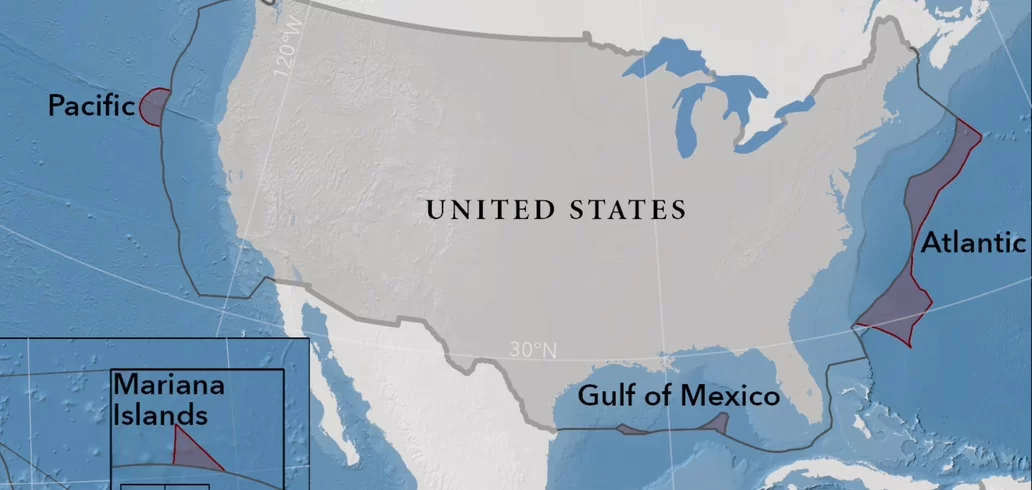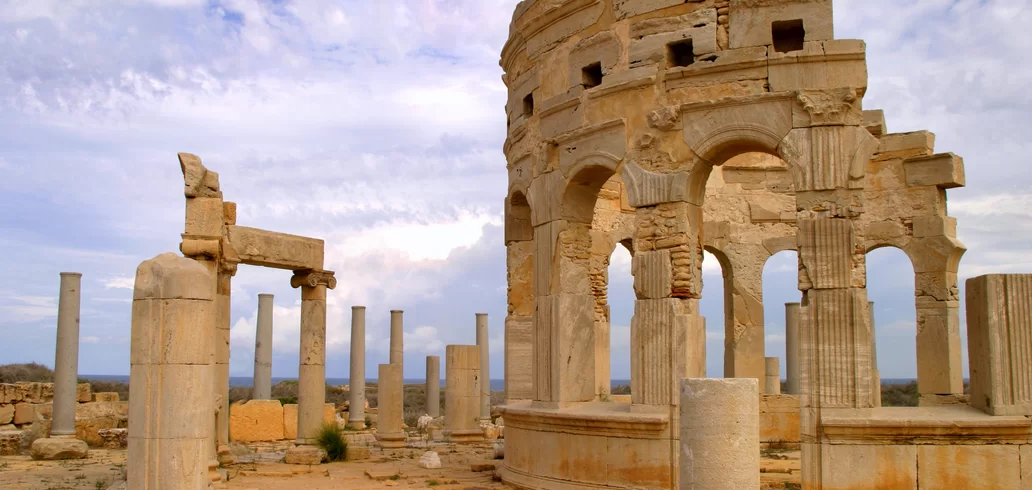History
Columbia, Rodinia, and Pangaea: The Story of Earth's Supercontinents
Advertisement
1. **Columbia (Nuna)**:
– Columbia is considered one of the first supercontinents on Earth, formed approximately 1.8 to 1.5 billion years ago.
– It was a vast landmass that encompassed much of what is now North America, South America, Australia, Africa, and Antarctica.
– It is believed to have formed during the Proterozoic period, a geological era marked by the formation of large supercontinents.
– Columbia broke up about 1.3 billion years ago, giving rise to smaller continents.
2. **Rodinia**:
– Rodinia is another important supercontinent that existed about 1.3 billion years ago.
– It was formed after the fragmentation of Columbia and consisted mainly of the continents that we now know as North America, South America, Africa, Australia, Antarctica, India and Europe.
– Rodinia began to break up about 750 million years ago, eventually leading to the formation of subsequent supercontinents.
3. **Pangea**:
– Pangea is the most famous and recent supercontinent, which existed during the Paleozoic and Mesozoic era, approximately between 335 and 175 million years ago.
– It was composed of the current continents of North and South America, Africa, Europe, Asia and Antarctica, all united into a single landmass.
– The formation of Pangea had important climatic and biological consequences, including changes in weather patterns, migration of species and the evolution of new life forms.
– Pangea began to fragment about 175 million years ago, giving rise to the modern continents we know today.
These supercontinents have played a crucial role in Earth’s geological history, influencing processes such as the evolution of life, climate patterns and the formation of natural resources. Studying supercontinents provides important insights into the dynamics of Earth’s crust and the processes that have shaped our planet over billions of years.
The History of Columbia
The history of Columbia is fascinating and is rooted in the earliest days of Earth. Columbia, also known as Nuna, was one of the first supercontinents to form on the planet, existing approximately 1.8 to 1.5 billion years ago during the Proterozoic period of Earth's geological history.
The formation of Columbia was the result of complex tectonic processes that occurred over hundreds of millions of years. During the Proterozoic, the movement of tectonic plates and volcanic activity played a key role in the creation of this vast supercontinent.
Columbia covered a massive area of the Earth and included lands that today make up parts of North America, South America, Australia, Africa, and Antarctica. It was a significant landmass that dominated the oceans of the time.
Columbia's exact configuration and extent are the subject of study and debate among geologists, but it is generally accepted that this supercontinent has played an important role in Earth's geological history, influencing climate patterns, the evolution of life, and other terrestrial processes.
The breakup of Columbia began about 1.3 billion years ago, marking the end of its existence as a unified supercontinent. This process of fragmentation led to the formation of smaller continents and ushered in a new era in Earth's geological history.
Although Columbia is long gone, its legacy lives on in the modern continents and landscapes we know today. Studying supercontinents like Columbia provides a fascinating window into Earth’s distant past and helps scientists better understand the processes that shaped our planet over billions of years.
Rodinia, the second supercontinent
Rodinia is the name given to one of the most significant supercontinents in the geological history of the Earth. It formed approximately 1.3 billion years ago, after the breakup of its predecessor, Columbia (also known as Nuna). Rodinia existed during the late Proterozoic and was a precursor to Pangaea, the most famous supercontinent.
The landmasses that made up Rodinia were vast and included areas that are now parts of North America, South America, Africa, Europe, Asia, Australia, and Antarctica. This supercontinent unified much of the landmass of the time, creating a unique geological and climatic environment.
Rodinia played a crucial role in the geological history of the Earth. During its existence, it witnessed significant events, such as the formation of large mountain ranges and intense volcanic activity. It was also a period of great change in the evolution of life, with the development of more complex multicellular life forms.
The breakup of Rodinia began about 750 million years ago during the Neoproterozoic period. This breakup process eventually led to the formation of subsequent supercontinents, such as Pangaea.
Although Rodinia is long gone, its legacy is present in the modern continents and geological features we see today. Studying Rodinia is essential to understanding Earth’s history and the processes that shaped our planet over billions of years.
Last cycle with Pangea
The last Pangea cycle refers to the period in which the supercontinent Pangea existed before it began to break up into smaller continents. Pangea was Earth's last large supercontinent and existed during the Paleozoic and Mesozoic eras, approximately 335 to 175 million years ago.
During this period, Pangaea dominated the world, uniting the continents of North and South America, Africa, Europe, Asia, and Antarctica into a single landmass. The formation of Pangaea had important geological, climatic, and biological consequences.
1. **Geology**: The formation of Pangea influenced the Earth's tectonic patterns, resulting in massive mountain ranges such as the Appalachians, the Urals, and the Atlas Mountain system. Volcanic and seismic activity were also influenced by the supercontinent's configuration.
2. **Climate**: The presence of Pangea significantly affected global climate patterns. For example, large areas of the supercontinent's interior experienced an arid climate due to its distance from the oceans, while coastal regions were wetter. This resulted in extreme weather environments in different parts of the world.
3. **Biology**: The presence of a unified supercontinent had a significant impact on the evolution of life on Earth. Many species had to adapt to changing environmental conditions, while others spread across the vast continent, often isolated from their counterparts on other continents.
The last cycle with Pangea came to an end about 175 million years ago, when the supercontinent began to break up. This process of fragmentation resulted in the formation of the modern continents we know today and marked the beginning of a new era in the geological history of the Earth.
Studying the last cycle with Pangea is crucial to understanding the geological and climatic processes that shaped our planet and influenced the evolution of life over millions of years.
Honorable mentions
In addition to the better-known supercontinents such as Columbia, Rodinia, and Pangaea, there are other significant continental formations throughout Earth’s geological history. Here are some “honorable mentions” of lesser-known supercontinents:
1. **Ur**: The supercontinent Ur existed during the Neoproterozoic period, approximately 1.8 to 1 billion years ago. Ur was a major landmass that preceded Columbia and played a role in the formation of the later supercontinent.
2. **Columbia**: This supercontinent, not to be confused with Columbia, is a landmass that existed during the Paleoproterozoic period, about 2 billion years ago. Columbia was a precursor to later supercontinents and was important in the geological history of the Earth.
3. **Kenorland**: Kenorland is another ancient supercontinent that existed about 2.7 billion years ago, during the Archean period. Little is known about Kenorland's exact configuration, but geological evidence suggests its existence and importance in Earth's history.
4. **Nuna-Columbia**: Nuna-Columbia is a designation that encompasses both the supercontinent Nuna (or Columbia) and its earlier formations, including Ur and Columbia. This supercontinent was a prominent landmass during the Proterozoic and influenced the geological and biological evolution of the Earth.
Although these supercontinents are less well-known than Columbia, Rodinia and Pangaea, they played important roles in Earth's geological history, contributing to the formation of modern continents and influencing the natural processes that have shaped our planet over time.
You may also like

Different Multinationals, Same Standard: Where to Find Open Positions in the US
Infosys, Kraft Heinz, Mondelēz, Chipotle, and Google: Opportunities in the US; see how to apply and find jobs.
Keep Reading



